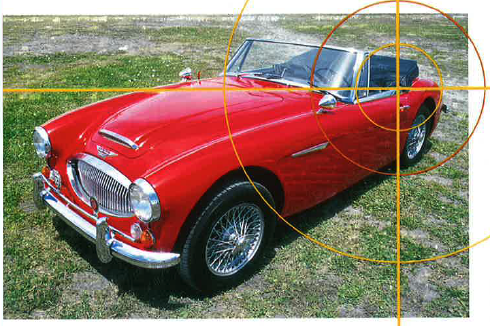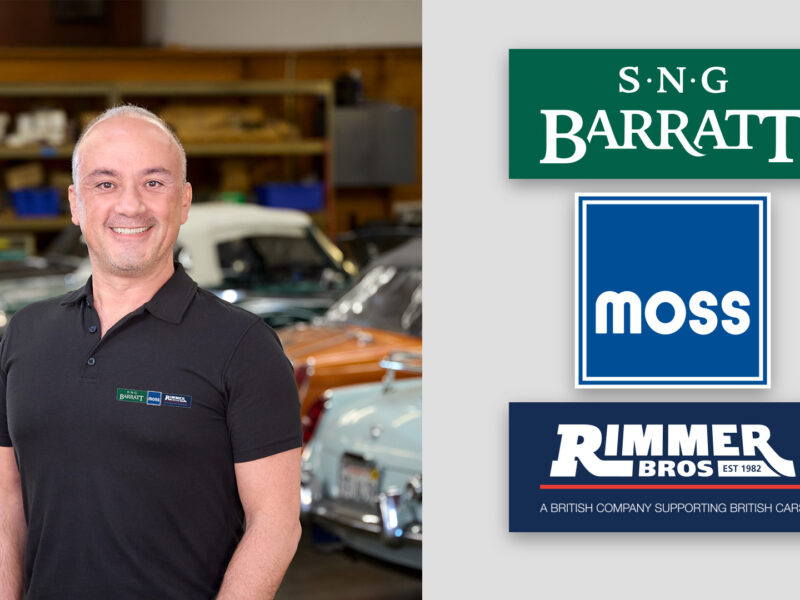The basics of show readiness
By Geoff Wheatley
What do judges look for at auto shows? At almost every car show that I attend, this is one of the most asked questions by classic car owners. For some unknown reason, many show participants believe the answer or answers are as difficult to obtain as the keys to Fort Knox. Actually, the secrets to winning scores are quite simple.
Most judges look for the obvious and most owners don’t realize this. Like your grandmother said, “Cleanliness is next to godliness,” and I don’t mean a shining paint job with sparkling chrome, although that does help. When I look at a car, I try to judge it in sections. My routine takes me first to the engine compartment. Is it clean (and I mean clean)? Is the firewall paint in nice condition, and are the wires looped in the correct order? Even if a judge doesn’t know the make of car, one can usually tell if the green and red bunch should go behind the exhaust pipe rather than over it. Carbs should be free of petrol stains, and air intakes should be painted and/or polished and displaying the correct instruction labels.
Spark plugs and leads should be fresh and in excellent order. I have seen some leads that look like burnt pasta and plugs that haven’t seen the light of day for years. The oil pan should be clean and so should the underside of the hood (sorry, bonnet). If it has any soundproofing, this should also be clean and free from grease or dirt. Sad to say, this is an area that often gets left off the pre-show list of important cleaning. Drive belts must be in good order and the radiator clean and free of stains, including the honeycomb section that is often full of dead insects…or worse.
The interior is next. Carpets should be clean and in good repair. Slip mats are often used to hide worn sections, but with most experienced judges, that won’t work. The seats should be free of stains, tears, and any other impediments. Don’t put imitation sheepskin covers over the worn seats in the hope that the judges will be impressed…they won’t. The dash should be in nice order and free of cracks. The instruments must also be correct. I’ve seen foreign dials on otherwise nice panels. One even had “Made in Japan” stamped on the front of the dial. Steering wheels can be a problem, as they tend to break up and/or disintegrate through ongoing environmental exposure. I have no problem with a leather cover to hide the worn rim—that’s much better than painting the worn areas with a brush. As you can purchase a reproduction wheel from Moss, why waste time trying to hide the damage? Remember, the steering wheel and the dash are the first things that people notice on a car after the bright new paint job.
Originality is often difficult to judge, as most cars over 25 years of age are not original. Replacement parts have been added, and even if they are made to the same design, they are not original. I’m not splitting hairs, just pointing out the stupidity of saying that show cars should be 100% original—they seldom are, and we all know it. I don’t own a car that is original. Everyone has at least two or more replacement items purchased from any number of suppliers, so the best one can say is that the parts look correct, and leave it at that.
Paintwork is simple: it’s good, medium, or fair. Correct color? Who knows? There has been so much written about correct color chips that its difficult to know what is what. With a car like the MGB or TR6, it’s easier and more reliable. The MGA can be difficult, especially when it comes to the famous MGA red (whatever that may mean). I have even seen heated discussions on what shade of black should be used, especially with the early 1945/46 TC. In those days, black was black, and that was the only choice you had.
Unless the car is a glaring example of the wrong color combination, like a TF that I recently saw from California with a white top, whitewall tires, and a white stripe down each side against a red background. This was certainly not original, but it looked attractive, if you like that sort of thing. In short, try not to get your knickers in a twist over what is or is not the right color. A good example is the world-famous British Racing Green. Question: which one are we talking about, as there have been several since the first BRG sports car took the track at Brooklands many years ago?
All five tires should match. Headlights and all other chrome parts should shine, and I mean shine. Doors should fit correctly, and, when opened, should swing freely with a nice dull click when closed. Windshields should be free of scratches, and both wipers should work in every sense of the word. The car should sit well, and the front suspension should be as clean as a new pin. If you want to lose any chance of a prize, just turn up with a polished gleaming car coupled with a grease- and mud-infested front suspension. Same for the rear end: keep it clean, grease-free, and correctly painted in common old black.
If you are asked to start the car and drive it a short distance, don’t be afraid of missing a few gears as you take off. Strange as it may seem, I have seen the most experienced drivers crash the first or second during such procedures. No big deal, you won’t lose any brownie points, providing you don’t hit the judge on the way back. Put the top up if required—that’s becoming a major requirement at many shows in company with a visible fire extinguisher, something that we should all carry.
The top should be clean and have no visible tears or stains. The hood bow should be correctly painted. Yes, club badges can influence the judges, providing they are not overdone. I once judged a 1928 4.5 Bentley with no less than 23 badges on the front. It was a wonder the engine did not boil over due to airflow restriction. He did not win, despite the Bunny Club badge on the front row. Remember, it’s nice to show your car even if you don’t win; however, it’s even better when you do! Have a great show season, and get ready to put up that extra shelf for all your shiny new trophies.








'Sweating Bullets' has no comments
Be the first to comment this post!